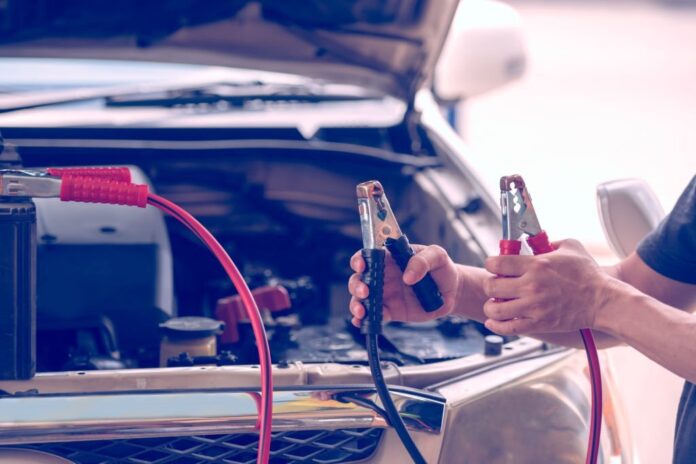A jump starter’s battery, whether it’s an AGM lead-acid or a lithium-ion, will eventually degrade. Batteries endure minute chemical changes every time they are charged, and this eventually leads to their death. It may, however, take a long time or a short time depending on how you approach it (and the overall unit). Your jnc jump starters may see their lifespan extended by as much as two to three times if the following instructions are followed.
Keep the battery in your jump starter charged at all times.
Use caution when dealing with circumstances where the unit is left in a discharged condition for a lengthy time. There are no memory difficulties with lead-acid jump starter batteries, and they may even be somewhat drained without harming them when charged often. Even lithium-ion batteries benefit from regular charge, rather than charging infrequently. The easiest way to care for a jump starter is to charge it each time you use it. Even if nightly charging is impossible, it should still be done if the equipment is often used. If you don’t use your jump starter often, be sure to charge it every three months so that the battery doesn’t linger in a discharged condition for too long. This is true regardless of the kind of battery inside. As long as the car is parked outside overnight, the jump starter should be charged once a month.
Your jumpstarter’s duty cycle should be respected.
Each jump start has a duty cycle that dictates how long it may be used before it has to be recharged. For more information on your jump starter’s duty cycle, see your operator’s handbook. The suggested duty cycle is 6 seconds of cranking followed by 3 minutes of rest for almost all Clore Automotive jump starters. As a result, the jump-starting battery will have a longer lifespan and be less susceptible to harm from overheating. For lithium-ion jump starters, the software (for Clore devices) has a feature that makes it easier to prevent destroying the unit.
Disconnect
Disconnect the jump starter as fast as possible from the now-running car once you’ve conducted a successful jump-start; be mindful of safety precautions and the correct disconnect protocol at all times. In most cars, the alternator’s output is substantially greater than the pace at which a jump-starting battery should be recharged. When a battery is overcharged, it has a significant effect on its long-term health and lifespan. It’s common for technicians to keep the jump starter attached after a successful start since they believe it’s the fastest and easiest method to recharge the device. Once the jump-starter checks that the car has started, it will separate itself from the vehicle to prevent overcharging, which is normally included in lithium units (it is on our models).
Safety
In addition to ensuring your safety and the safety of your car, adhering to all suggested safety practices can help extend the life of your jump starter. When it comes to connecting the negative jump-starting lead to a correct engine or chassis ground, we understand that it might be difficult. However, putting in the extra effort is safer, and it also decreases the risk of damage to your jump starter. Other precautionary measures may help prevent the jump starter from being placed in a dangerous position. A reverse polarity near miss may hurt the battery’s health and longevity even if the jump starter (and car) survive. Don’t rush anything. Make sure you do it correctly since your jump starter will thank you.














